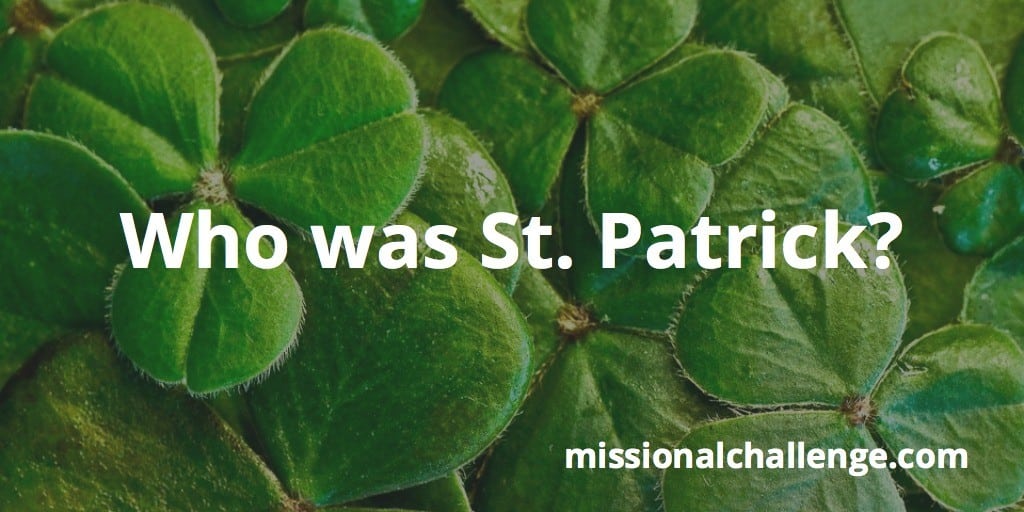Growing up, we celebrated St. Patrick’s Day by wearing green so we wouldn’t get pinched by our friends at school. Nobody ever explained to me who he was and what he did. So, this morning as we ate a “green” breakfast, I told my kids about St. Patrick. Here are three things you should know about him…
1. Patrick was a Christian.
He was raised in a Christian family. His grandfather was a priest and he had acquired some Christian teaching. However, he ridiculed the clergy, and in the company of other “alienated” and “ungoverned” youth, he lived toward the wild side.
“When Patrick was sixteen, a band of Celtic pirates from Ireland invaded the region; they captured Patrick and other young men, forced them onto a ship, sailed to Ireland, and sold them into slavery. The pirates sold Patrick to a prosperous tribal chief and druid named Miliuc (Miliuc moccu Boin), who put Patrick to work herding cattle.”
During his years of enslavement, Patrick experienced three profound changes. First, the periods when Patrick was isolated in the wilderness herding cattle connected him with what theologians call the “natural revelation” of God. He sensed with the winds, the seasons, the creatures, and the nights under the stars the presence of God; he identified this presence with the Triune God he had learned about in the catechism. In his (more or less) autobiographical “Declaration” Patrick tells us,
“After I had arrived in Ireland, I found myself pasturing flocks daily, and I prayed a number of times each day. More and more the love and fear of God came to me, and faith grew and my spirit was exercised, until I was praying up to a hundred times every day and in the night nearly as often.”
Patrick became a devout Christian, and the change was obvious to his captors.
Second, Patrick changed in another way during the periods he spent with his captors in their settlement. he came to understand the Irish Celtic people, and their language and culture, with the kind of intuitive profundity that is usually possible only, as in Patrick’s case, from the “underside.”
Third, Patrick came to love his captors, to identify with them, and to hope for their reconciliation to God. One day, he would feel they were his people.
2. Patrick was a missionary.
After six years, Patrick escaped and returned to England. He trained to become a priest, immersing himself in the scriptures. At the age of 48,after serving for years as a faithful priest in England, Patrick experienced a dream where his former captors in Ireland cried out, “We appeal to you, holy servant boy, to come and walk among us. When he awoke the next morning, he interpreted this dream as his “Macedonian Call” to take Christianity’s gospel to the Celtic peoples of Ireland.
“Patrick’s mission to Ireland was to be such an unprecedented undertaking that it is impossible to understate its magnitude and significance. Why? Because the Irish Celtic peoples were ‘barbarians.'”
The Irish context of that period, however, provided some strategic advantages for Patrick’s mission. Ireland was populated by about 150 tuat-extended tribes-each tribe fiercely loyal to its tribal king. Ireland’s total population numbered between 200,000 and 500,000 people. By Patrick’s time, all of the tribes spoke the same language that Patrick had learned while a slave, and they now shared more or less the same culture, so Patrick understood them.
Indeed, the fact that Patrick understood the people and their language, their issues, and their ways, serves as the most strategically significant single insight that was to drive the wider expansion of Celtic Christianity, and stands as perhaps our greatest single learning from this movement. There is no shortcut to understanding the people. When you understand the people, you will often know what to say and do, and how. When the people know that the Christians understand them, they infer that maybe the High God understands them too.
As God blessed, the Irish people responded in faith to the presentation of the gospel of the cross. Patrick and his missionary band began planting churches and for 28 years, he continued proclaiming the gospel until his death in A.D. 460. An ancient document called the “Annals of the Four Masters” reports that Patrick’s mission planted about 700 churches, and that Patrick ordained perhaps 1000 priests. Within his lifetime, 30 to 40 (or more) of Ireland’s 150 tribes became substantially Christian.
3. Patrick started a missionary movement.
Irish Christianity spread remarkably in the generations following Patrick’s death. While we don’t have written records from this period, here’s what is clear:
“First, the available evidence suggests that Patrick’s movement blanketed the Island: ‘In Ireland alone, there are more than 6,000 place names containing the element Cill-the old Gaelic word for church.’ Second, Irish Christianity was geographically beyond the reach of Rome’s ability to shape and control, so a distinctively Celtic approach to ‘doing church’ and living the Christian life emerged.”
What would a visitor from Rome have noticed about Celtic Christianity that was “different”? The visitor would have observed more of a movement than an institution, …a movement featuring laity in ministry more than clergy.
The missionary movement that Patrick started spread and multiplied churches which continued to send teams into settlements to multiply churches and introduce people to faith in Jesus Christ. In two or three generations, all of Ireland had become substantially Christian. Within a century after Patrick’s death, Irish Celtic Christians were lifting their eyes to see harvests beyond Ireland. They continued to multiply churches, sending out apostolic teams.
“An Irish apostle named Columbanus, with entourage, departed for Europe in A.D. 600 to launch a Celtic Christian mission to the continent. he may not have been the first Irish apostle to Europe, ‘but he as certainly the pioneer who inspired the mass exodus later.’ …In the next fifteen years, Columbanus founded monastic communities in (what is now) France, Switzerland, and Italy; and in time his people founded a vast network of sixty or more monastic communities, learned a dozen or more languages and cultures, engaged peoples, planted churches, and launched a significant movement among the barbarian peoples of Europe, particularly in (what is now) France, Belgium, Switzerland, Austria, Germany, and Italy.”
I was fascinated to discover how Patrick’s missionary endeavors transformed a nation. (I’m thankful for George Hunter’s classic book The Celtic Way of Evangelism. All quotes are from this book
However you may “celebrate” St. Patrick’s day, prayerfully consider how God can use you to take the gospel message together in community with other Christians to those in the culture around you!
Today’s Missional Challenge
Share the message of the gospel with those around you.
Disclosure of Material Connection: Some of the links in the post above are “affiliate links.” This means if you click on the link and purchase the item, I will receive an affiliate commission. Regardless, I only recommend products or services I use personally and believe will add value to my readers. I am disclosing this in accordance with the Federal Trade Commission’s 16 CFR, Part 255: “Guides Concerning the Use of Endorsements and Testimonials in Advertising.”


